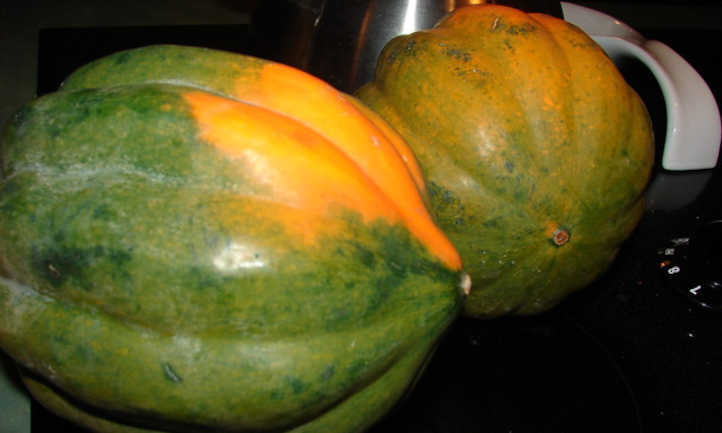Acorn squash is a delicious and versatile vegetable, but knowing when it’s ripe and ready to be picked can be a bit challenging. Don’t worry though, because in this article, you will learn all the telltale signs that indicate when your acorn squash is perfectly ripe and ready to be harvested. From its vibrant color and firm texture to the drying of the stem, you will discover a variety of simple yet effective ways to determine the optimal time to pick your homegrown acorn squash.
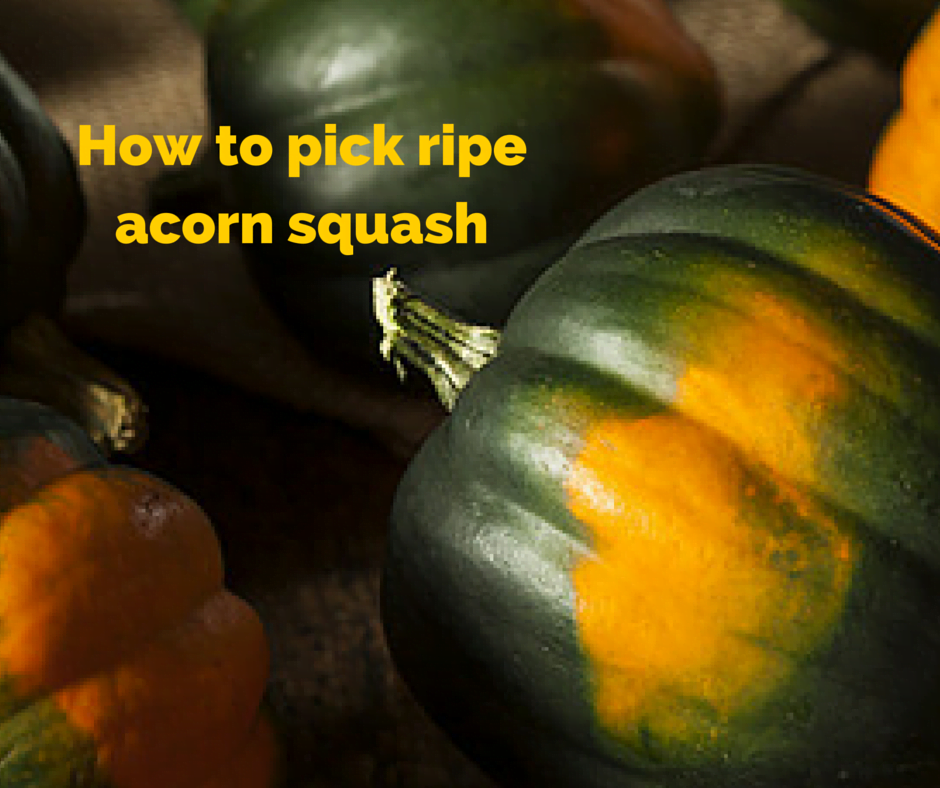
Signs of Acorn Squash Maturity
Size and Color
When it comes to determining the maturity of an acorn squash, size and color are two crucial factors to consider. A mature acorn squash typically reaches a diameter of approximately 4-6 inches and weighs around 1-2 pounds. Keep in mind that the size may vary depending on the specific variety of acorn squash you are growing.
In terms of color, a ripe acorn squash should have a deep, vibrant hue. This can vary from dark green to golden orange, depending on the variety. Avoid picking acorn squash that still has a pale or light green color, as these are likely still in the early stages of development.
Hardness of Skin
Another important sign of acorn squash maturity is the hardness of its skin. To check the skin’s firmness, gently apply pressure with your thumb or fingernail. A mature acorn squash will have a tough, sturdy skin that does not easily yield to pressure. If the skin feels soft or easily punctured, it is a clear indication that the squash is not yet ripe.
Sound When Tapped
Believe it or not, you can even rely on your ears to assess the maturity of an acorn squash. Give the squash a light tap with your finger or knuckle and listen for the sound it produces. A mature acorn squash will emit a dull thump sound, similar to tapping on a ripe watermelon or a wooden surface. If the sound is high-pitched or hollow, it means the squash is not fully developed and needs more time on the vine.
When to Harvest Acorn Squash
Days to Maturity
While the signs mentioned above can provide good indicators of acorn squash readiness, it is also helpful to know the typical number of days it takes for the squash to reach maturity. Different varieties have varying maturity periods, but on average, acorn squash takes around 70-85 days to reach maturity from the time of planting. It is essential to check the seed packet or plant label for the specific maturity period of the acorn squash variety you are growing.
Frost Warning
Acorn squash plants are sensitive to frost, and it is essential to keep an eye on the weather as the harvest time approaches. If there is a frost warning in your area, it is best to harvest the squash immediately to prevent any damage to the fruits. Immature acorn squash can be severely affected by frost, leading to a loss of flavor and quality.
Vine Drying Up
Another telltale sign that it’s time to harvest your acorn squash is when the vine starts to dry up. As the fruits near maturity, the leaves and stems of the plant will gradually turn yellow and eventually brown. This is a natural part of the plant’s life cycle and indicates that the energy is shifting from the leaves to the fruits. Once the vine has dried up completely, it is a clear indication that your acorn squash is ready to be picked.
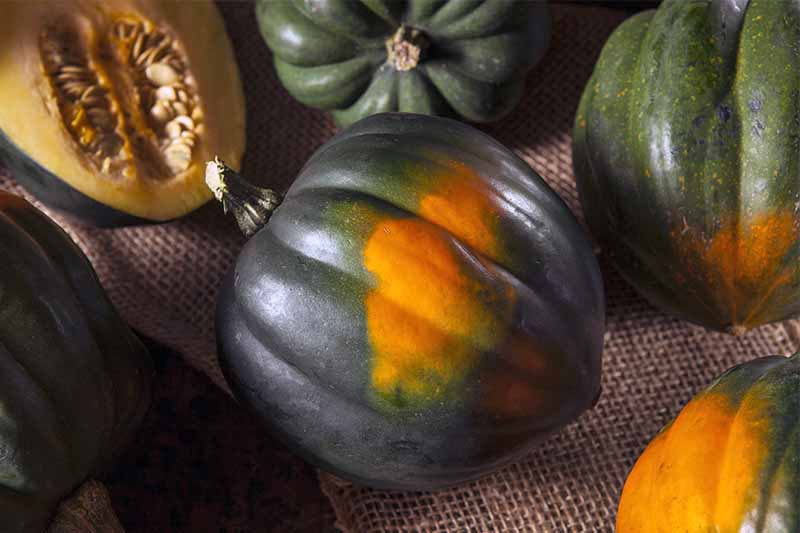
Tips for Harvesting Acorn Squash
Tools Needed
To harvest your acorn squash, you will need a few simple tools. These include a sharp garden knife or pruners and a pair of gardening gloves. The gloves will protect your hands from any potential thorns or prickly stems that may be present in the squash vine.
Harvesting Technique
To harvest an acorn squash, begin by cutting the squash from the vine, leaving about an inch of stem attached to the fruit. This small stem will help prolong the shelf life of the squash. Make sure to use a sharp knife or pruners to make a clean, precise cut, minimizing any damage to the fruit. Avoid twisting or pulling the squash from the vine, as this can cause the stem to break off and increase the risk of decay.
Storing Acorn Squash
Proper storage is crucial to ensure the longevity and quality of your harvested acorn squash. After harvesting, allow the squash to cure for a week or two in a well-ventilated area with moderate humidity. This process allows the skin to harden and enhances the flavor of the squash. Once cured, transfer the squash to a cool, dry location, such as a basement or root cellar, where the temperature is around 50-55°F (10-13°C). Ensure that the squash is not exposed to direct sunlight, extreme temperatures, or moisture, as these factors can accelerate spoilage.
Checking the Size and Color
Fully Grown Size
To determine if your acorn squash is mature, assess its size. A ripe acorn squash should have reached its full size potential, typically measuring about 4-6 inches in diameter. Remember that the size may differ slightly depending on the specific variety you are growing. If your squash has reached this size range, it’s a positive indication that it is ready to be picked.
Vibrant Color
In addition to size, pay close attention to the color of the acorn squash. A mature acorn squash will exhibit a vibrant color, ranging from a deep green to a rich golden orange. This color change is a result of ripening and indicates that the squash has accumulated the necessary sugars and starches, resulting in a sweeter and more flavorful fruit. If your acorn squash has achieved a vibrant color, it’s a good sign that it is ready to harvest.
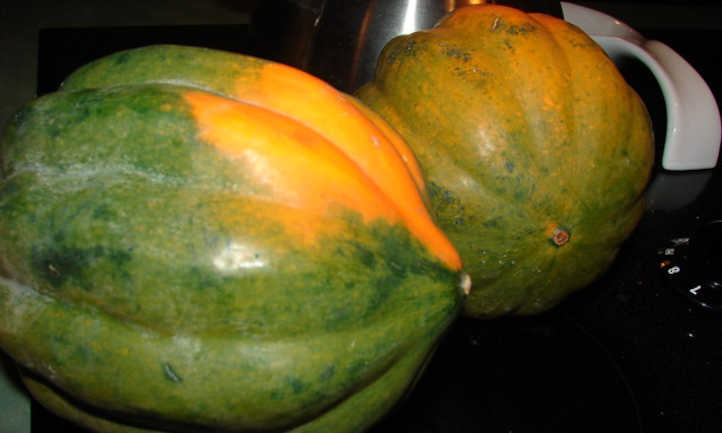
Evaluating the Hardness of Skin
Firm Exterior
Gently press your thumb or fingernail against the skin of the acorn squash to evaluate its hardness. A mature squash should have a firm and tough exterior that does not yield easily to pressure. If the skin feels soft and gives way under light pressure, it means the squash is not yet ripe. On the other hand, if the skin is hard and remains intact when pressed, it is a clear indication of maturity.
Listening for the Right Sound
Dull Thump Sound
Believe it or not, acorn squash can even provide an audible clue to its maturity. Lightly tap the squash with your finger or knuckle and listen to the sound it produces. A ripe acorn squash will emit a dull thump sound, reminiscent of tapping on a ripe watermelon or a solid wooden surface. This indicates that the squash has developed a thick, nutrient-dense flesh. If the sound is high-pitched or hollow, it suggests that the squash is not fully matured and needs more time on the vine.
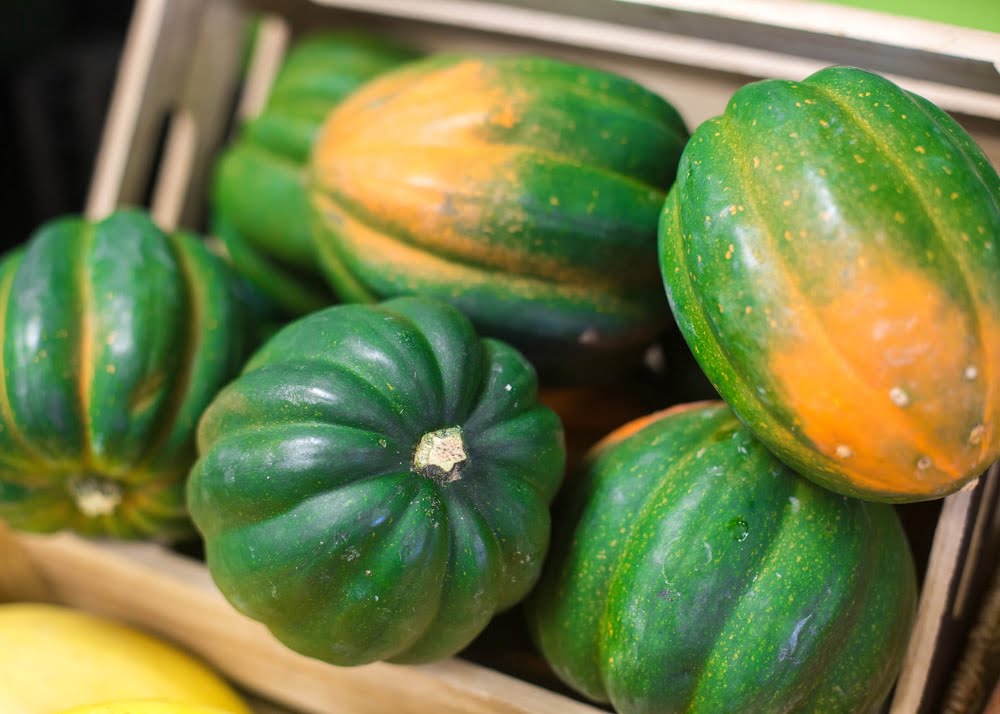
Counting the Days to Maturity
Days Until Ready
Being aware of the approximate number of days required for acorn squash to reach maturity can be an excellent guide for determining the harvest time. On average, acorn squash takes approximately 70-85 days to mature from the planting date. However, it is important to refer to the specific variety’s maturity period, as it may vary. Keep track of the days since planting and use this as a rough estimate to determine if your acorn squash is ready for picking.
Considering Frost Warnings
Checking Weather Reports
As the harvest time approaches, remain vigilant about the weather conditions, especially in regions prone to frost. Acorn squash plants are highly sensitive to frost, and exposure to freezing temperatures can damage the fruits. Stay informed by checking weather reports regularly, and if a frost warning is issued, it is best to harvest your acorn squash immediately. This proactive measure will help preserve the flavor and quality of your hard-earned harvest.
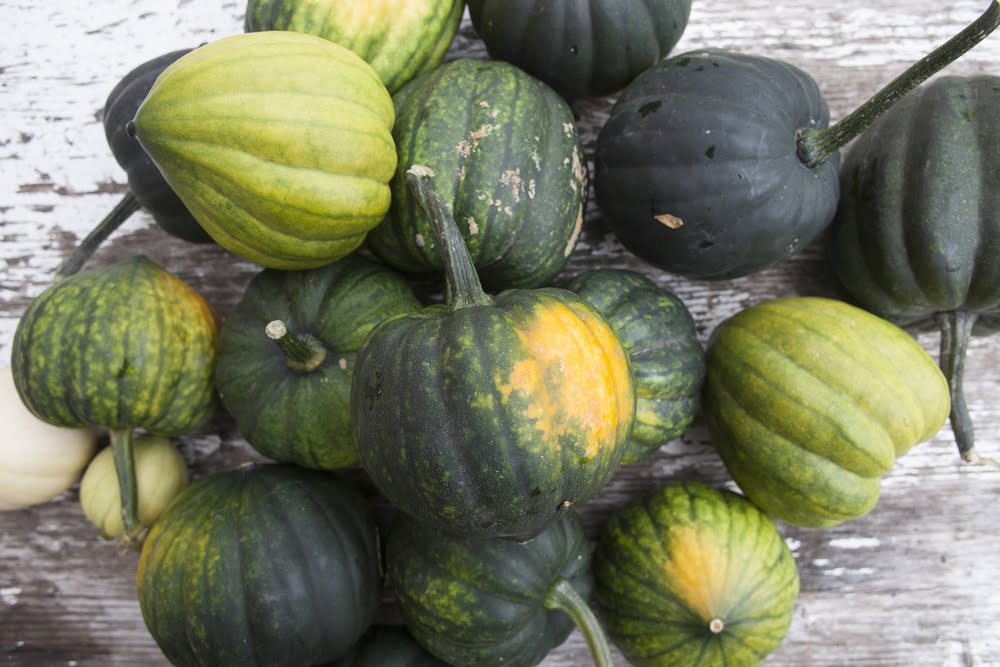
Observing the Vine Drying Up
Wilted and Brown Leaves
An unmistakable sign that your acorn squash is ready to be harvested is when the vine begins to dry up. As the fruits near maturity, the energy focus of the plant shifts from the leaves to the development of the squash. Consequently, the leaves and stems of the plant will start to turn yellow, wither, and eventually turn brown. This natural process is an indicator that the acorn squash is fully matured and ready for picking. Wait until the vine has completely dried up before harvesting the fruit.
Storing Acorn Squash
Curing the Squash
After harvesting your acorn squash, it is important to cure them before storage. Curing allows the squash to develop a tough outer skin, which helps increase its shelf life. To cure the squash, place them in a warm, dry location for approximately one to two weeks. Ensure good air circulation during this process, as it helps remove excess moisture and enhances the squash’s flavor.
Choosing the Right Storage Area
Once the acorn squash has been cured, it is time to find the ideal storage area. Select a cool, dry place for the squash, with a temperature range of 50-55°F (10-13°C). A basement or a root cellar is often suitable for storing acorn squash. Make sure to keep the squash out of direct sunlight, as exposure to light can cause premature spoilage. Additionally, ensure that the storage area has adequate ventilation to prevent the buildup of moisture, which can lead to rot. Regularly check your stored squash for any signs of decay or deterioration, and promptly remove any affected fruits to prevent further spoilage.
By paying attention to the signs of acorn squash maturity, knowing when to harvest, and following proper harvesting and storage techniques, you can enjoy the deliciousness of this nutritious winter squash for an extended period. With a little knowledge and care, your acorn squash harvest will be a bountiful and satisfying experience. Happy gardening and happy cooking!
